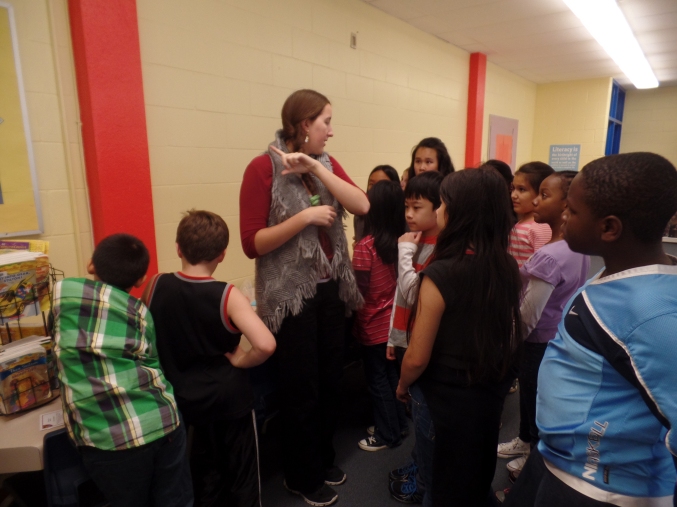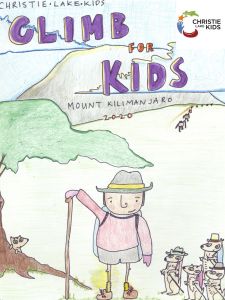this entire post is by Cathy Iverson @catherineivers1 , our amazing library tech!!
This is year one of our venture and it has been a huge success with our students, especially with the junior grades.
This idea was proposed by our Principal, Paul McGuire. I came on board in September after Paul suggested it to me. I did some reading about what exactly it was and started subscribing to some blogs on how to get one up and running. Paul had done a fair bit of research on the start-up process as well as what kinds of activities could be part of MakerSpace. He also joined an innovation committee with other interested educators, “Makers”, tinkerers etc. Late last fall Paul put forth a plan to collaborate with St-Luke Ottawa, where I am also a .5 library tech., to facilitate activities and offset the cost of some of the equipment/tools we wanted to purchase. Having me act as liaison between the two schools has worked well and I frequently bring equipment back and forth on Maker days.

the grade one class in the makerspace – they were very excited!
We had space in our LC and decided that no further physical space requirements were necessary for us to do this. Some schools and libraries have designated rooms/spaces and have set aside some of their budget to physically transform a space. We didn’t get too caught up in that, as there was no money to do so and we wanted to focus on the actual “Maker” part. Paul used our $$ wisely and purchased what he could and used what we had, such as science and math manipulatives, craft supplies, old furniture, existing technology, and other equipment. St-Luke has also purchased some of the same things and when necessary, I will consolidate these things in one school to do an activity.

one of our student teachers working with the grade 5/6 students in the makerspace
Another amazing resource that Paul enlisted was our U of Ottawa student teachers. We were fortunate in that they were of the same mindset and innovators themselves. We could not have achieved this level success without having had several young student teachers help us get this off the ground, especially at SAN. So, word to the wise, form some sort of committee to help support you. Parent council, teachers, students, custodians etc.
Whatever you decide to do, try to follow these steps:
-
Research,
-
Spend Wisely
-
Ask for Help
-
Connect activities to the Curriculum (it`s not hard to do)
-
Have fun
Here is a list of what we use in our MakerSpace:
Littlebits
“littleBits makes a library of electronic modules that snap together with magnets to allow anyone to learn, build, and invent with electronics—no soldering, wiring, or programming required. The company was founded in 2011 by MIT Media Lab graduate, TED Senior Fellow, and cofounder of the Open Hardware Summit, Ayah Bdeir.”

MakeyMakey
“MaKey MaKey is an invention kit for the 21st century. Turn everyday objects into touchpads and combine them with the internet. It’s a simple Invention Kit for Beginners and Experts doing art, engineering, and everything inbetween“
Sphero Robot
http://www.gosphero.com/sphero/
An App-enabled robot
Dash Robot
https://www.makewonder.com/robots/dashanddot
An App enabled robot
“Teach kids how to program with Dash and Dot, toy robots that make coding fun using apps on iPads, iPhones, Android tablets and phones.”
Lego

our Lego wall
Blockheads
http://www.blockheads-learning.com/

soon to be one of our new partners when we hold our Maker Faire this week
Raspberry Pi
The Raspberry Pi is a credit-card sized computer that plugs into your TV and a keyboard. It is a capable little computer which can be used in electronics projects, and for many of the things that your desktop PC does, like spreadsheets, word-processing and games. It also plays high-definition video. We want to see it being used by kids all over the world to learn programming.
Raspberry Pis will be a major part of our maker faire next week – the pis will help our students learn how to program which is where we need to take the maker space.
Next, – arduinos!

